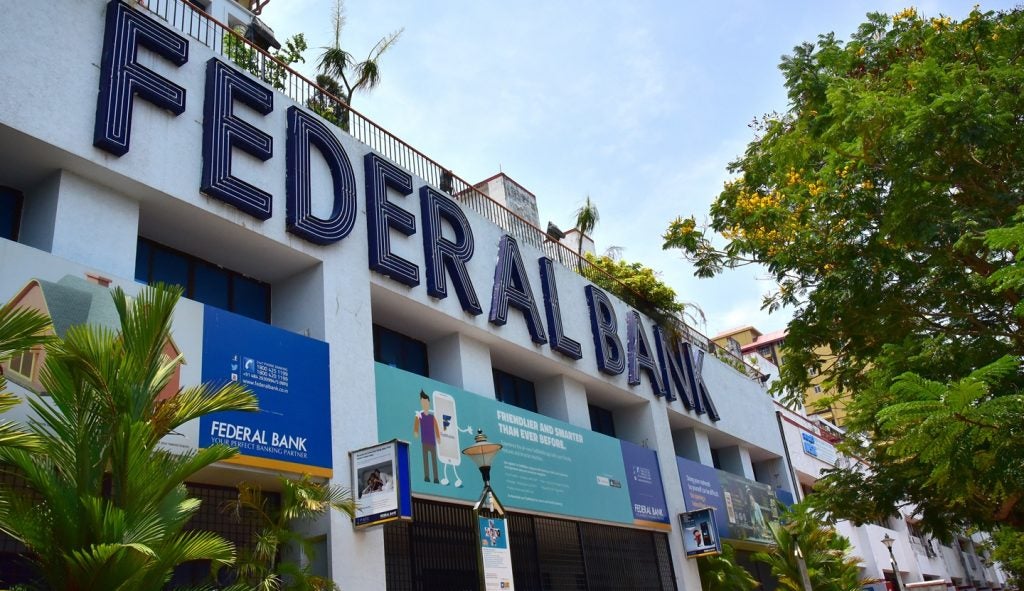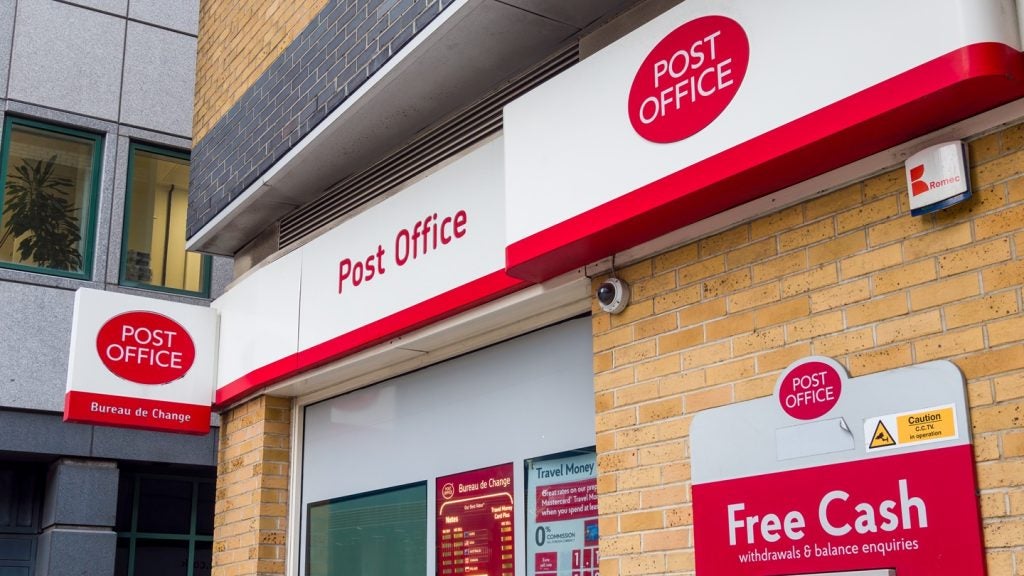
The US and UK are recording the fastest growths in crypto penetration in 2025, because of the sector’s increased mainstream promotion and supportive institutional and regulatory sentiment in the West. Although still lagging many emerging economies, the US’s crypto product holding rate increased to 23.5% in 2025, while UK holding nearly doubled to 18% from 10% last year, according to the annual Financial Services Consumer Survey by GlobalData, publishers of RBI.
GlobalData’s latest report, “Innovation in Stablecoins 2025”, reveals that while these fixed-value digital assets (stablecoins) will inevitably disrupt the payment space in the future, for now just a third of global crypto holders are paying for goods and services with cryptocurrencies, while only 17% are using them for P2P transfers.

Access deeper industry intelligence
Experience unmatched clarity with a single platform that combines unique data, AI, and human expertise.
With growing regulation as well as institutional and retail interest, the most pressing challenge for wider adoption today is stablecoins’ interoperability with traditional currencies and payment rails. Retail costs related to on- and off-ramping between fiats and digital currencies are still higher or at par with existing money movement methods, which outweighs stablecoins’ benefits for small-scale transactions, until exiting the DeFi ecosystem (i.e., off-ramping) is required.
Scale: the real utility of stablecoins
Blandina Szalay, Banking & Payments Analyst at GlobalData, comments: “The real utility of stablecoins today is in scale. So-called stablecoin sandwiches bring about numerous benefits for large cross-border institutional transfers. Converting a fiat to stablecoin then back to another fiat currency can circumvent the inflated foreign exchange fees of correspondent banking—a key source of TradFi institutions’ income still.”
The other key benefit on the institutional side lies with the virtually limitless real-time movement of funds facilitated by blockchain. Unlocking this instantaneous liquidity largely improves cash flow management, in contrast to the traditional settlement times of 2–5 business days. There is further potential to profit from funds moving freely overnight and weekends, to leverage the highest-yielding money market opportunities.
Local liquidity challenges-especially in emerging markets
Szalay continues: “Beyond these benefits, local liquidity poses challenges too, specifically in emerging markets, where retail demand for stablecoins is also the strongest. Despite all benefits of a stablecoin transfer, off-ramping coins to some local emerging market currencies is challenging, so the tokenisation of non-reserve currencies is expected to fold out soon, to mark a next step in the global stablecoin push.”

US Tariffs are shifting - will you react or anticipate?
Don’t let policy changes catch you off guard. Stay proactive with real-time data and expert analysis.
By GlobalDataOn the retail front, stablecoins promise democratised access to financial services and the US dollar for anyone around the world. Beyond payments players, large and small banks are now attempting to jump on the stablecoin train too—currently driven by crypto-native first movers—in fears over funds disintermediation.
Szalay concludes: “Stablecoins sit in a very interesting position in between TradFi and DeFi. While the underlying blockchain technology will be able to create unprecedented benefits in the future of financial services, stablecoins have clearly parted with the original founding ideology of cryptocurrencies, as the ever-stronger involvement of state regulators and traditional financial institutions in this space shows.







